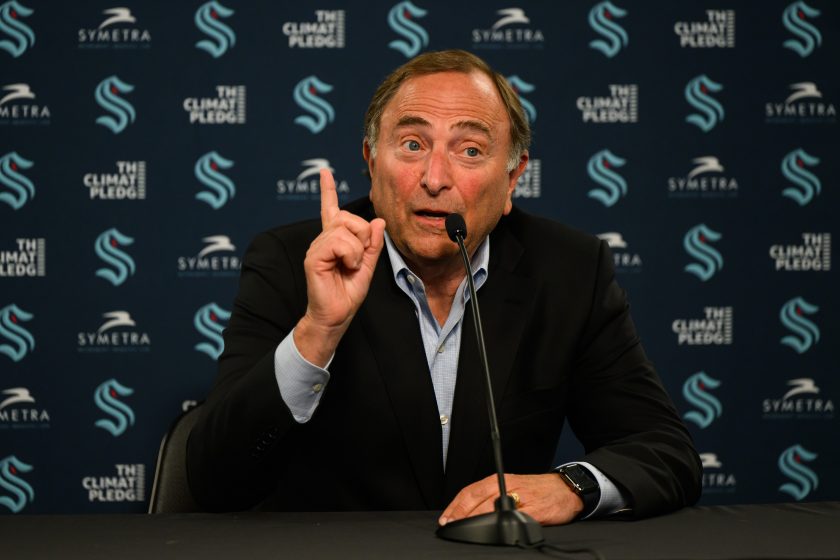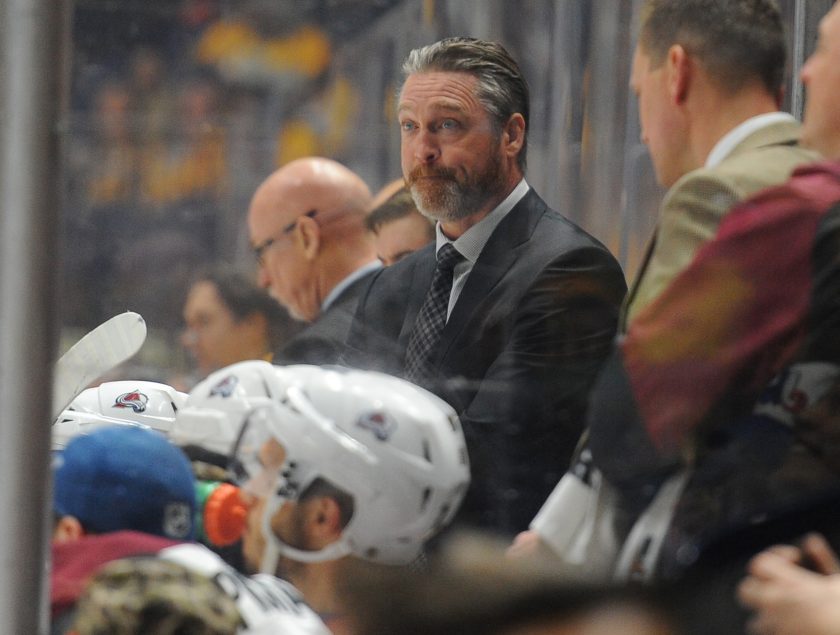New York Rangers: Power-play line combinations will make or break David Quinn’s season

Special teams are critical for the New York Rangers success this season. The power play must be effective to help compensate for a soft scoring Blueshirt team.
The New York Rangers ranked 14th in the league on the power play a season ago, scoring a goal 21.2 percent of the time. It especially looked sharp to begin the season, led by center Mika Zibanejad and defenseman Kevin Shattenkirk. Both players were able to create and sustain pressure which resulted in frequent scoring opportunities and some great goals.
Then the injury bug bit Zibanejad as he missed time with a concussion. When he returned to the team, there was a noticeable difference in his game and the power play prowess he possessed earlier in the season was missing.
Shattenkirk suffered a meniscus injury and missed almost the entire second half of the season. Two injuries to two key components of the man advantage were all that it took to ruin a solid power play squad.
The Rangers will need both of these players to get the power play rolling once again. It’s a new season with pressing scoring issues. The coaching staff, led by assistant coach Greg Brown, will have to work out line combinations that will create offense without giving up many shorthanded opportunities.
This special team unit consists of five moving parts, none more important than the other, but all needed to be playing on the same page.
It starts with the defenseman on the blueline, one who excels at getting his shot on goal, low and hard. This could enable a player to get a deflection or a rebound chance on net. The other point man needs to be able to have a great ability to keep the puck in the zone in order to keep the other team tired and unable to change pk lines.

A second option to the power play unit is having a strong defenseman and a forward on the blueline. The forward in this case is there for his shot on goal, plain and simple. The disadvantage of the setup is the possibility of shorthanded opportunities as the forward is normally a smaller player not used to getting back in the play as he relies on a defensive skill he rarely uses in a game.
On the forward side, the team must employ a player who can skate hard and forecheck deep in the offensive zone, makes quick, accurate passes, and have the ability to stand in front of the goalie, take a beating to get those “garbage goals.”
Passing cross-ice over defenders sticks is critical to get one-time scoring chances. Speed on and off the puck is the top priority. Some size also would also help.
[sc name=”Rangers Link Related” link=”https://elitesportsny.com/2018/07/21/new-york-rangers-roster-looking-forward-david-quinn-possible-lines-pairings/” text=”HC David Quinn’s Possible Line Combinations” ]The Rangers have shown flashes of brilliance with the man advantage, but with little consistency. In the high scoring age of the NHL, the power play is a momentum changer.
Down a goal, the PP can tie the game up. Up a goal, a power-play snipe is considered insurance, especially late in games. Of course, a power play goal in a tie game could be the winner. The Rangers will need to find many different ways to get wins this season, a strong power play could get the team six to eight more points in the standings. Three to four more wins could be the difference between playing golf in late April or a wild card spot in the playoffs.
[sc name=”Rangers Title” text=”The Power Play Units ” ]There are plenty of lines combos to choose from on the team. It’s not about the top five players, rather the five with the best chemistry.
[sc name=”Rangers Title” text=”Power Play Unit #1″ ]Chris Kreider (L) – Mika Zibanejad (R) – Mats Zuccarello (L)
Kevin Shattenkirk (R) – Anthony DeAngelo (L)
Vladislav Namestnikov (L) – Kevin Hayes (L) – Pavel Buchnevich (L)
Neal Pionk (R) – Brady Skjei (L)
The top unit here has all the attributes discussed earlier. A big forward, a great center and the teams best passer along with two playmakers big defenseman who know when to get back defensively.
The second unit has some more question marks but I believe can be very successful. Hayes, in the middle of Namestnikov and Buch, could create plenty of chances, but the point men are the question mark. Skjei needs to have a better season with and without the puck. Pionk, entering his first full pro season, will have his hands full this year. He worked on the power play last season and can see his potential this year.
[sc name=”Rangers Center” ]There are some players missing from these units. On the forward lines, Lias Andersson, Filip Chytil and Ryan Spooner could all fill-in at any time and don’t be surprised to see them from to time to time as other players slump or when the coaching staff feels these players could benefit from some more ice time.
On the Blueline, should John Gilmour make the team or be a call-up expect to see him there. Same would go for Brendan Smith.
The staff needs to be patient with the power play. The two units need to find their way but make no mistake it is an essential part of the team.
a successful power play puts pressure on the opposition. If the man advantage is successful, teams won’t be as aggressive against the Rangers. If it fails more time than it succeeds then teams will take more cheap shots against the team as there is no fear factor to stop it.
The Rangers need to be great with the man advantage if they are going to make a run at a wild card this season.
[sc name=”Twitter Follow Link” text=”Frank” username=”@RangerProud” ] [sc name=”Rangers Link Next” link=”https://elitesportsny.com/2018/07/20/new-york-rangers-news-after-14-years-bc-greg-brown-ready-take-on-nhl/” text=”Greg Brown Is Ready For The NHL” ] [sc name=”Rangers Footer” ]A graduate of St. John's University class of '91. I have been a fan of the New York Rangers since the days of Peter Puck. Founder of Ranger Proud, the Facebook page that covers all news, notes, pre /post-game stats, and player quotes. I can be reached at Nyrfc12@gmail.com






